APS-C vs. Full Frame Sensor
Derek Smith • 4 August 2022

APS-C vs Full-Frame: What’s the difference?
Full-frame sensors measure the same as 35mm film, which is 36 x 24mm. Meanwhile, smaller APS-C sized sensors measure in at either 23.6 x 15.7mm (Nikon, Pentax, Sony, Fujifilm) or 22.2 x 14.8mm (Canon). That makes full-frame about 2.6x larger in terms of total surface area size.
As already mentioned, there is also Micro Four Thirds (17.3 x 13mm, MFT), and Medium Format (43.8 x 32.9mm).
Full-frame sensors can be found in the best full-frame mirrorless cameras, as well as many of the best DSLRs. You’ll even occasionally find a full-frame sensor in a high-end compact camera. Full-frame sensors are used by Canon, Nikon, Sony, Panasonic, Pentax, Sigma and Leica.
You’ll find an APS-C sensor in many of the best mirrorless cameras too, and they’re also commonly used in DSLRs. APS-C sensors are used by Canon, Nikon, Sony, Fujifilm and Pentax. Again, occasionally there are APS-C sensors found in high-end compacts.
The physical size differences lead to both advantages and disadvantages, which we’ll discuss in more detail below.
What is a crop sensor?
You might hear the term crop sensor from time to time, which simply means something which is smaller than full-frame. It’s a term which is most commonly applied to APS-C, but it can also be used to describe even smaller sensors, such as Micro Four Thirds, or even the smaller sensors that you find in compact cameras and smartphone – though it’s rare to hear those described as such.
What is a crop factor?
Crop sensors have a crop factor that you need to take into account when using lenses with your camera. When using a full-frame camera, whatever focal length is printed on the lens (for example 100mm) is what you’ll get when you shoot with it. However, when you use a smaller sensor, you’ll need to apply a “crop factor” to get the equivalent focal length.
Nikon, Fujifilm, Sony and Pentax APS-C sensors have a 1.5x crop factor, while Canon APS-C sensors have a 1.6x crop factor. Therefore, the 100mm lens mentioned above gives you an equivalent of either 150mm or 160mm – simply times the focal length by the appropriate crop factor.
Other sensor sizes have different crop factors. A Four Thirds sensor has a 2x crop factor (100mm becomes 200mm), while a one-inch sensor has a 2.7x crop factor (100mm becomes 270mm). It also works with bigger than full-frame sensors too – medium format has a 0.79x crop factor, which would make a 100mm lens equivalent to 79mm.
List of sensor crop factors:
Medium format = 0.79x
Full frame = 1x
APS-C (general) = 1.5x
APS-C (Canon) = 1.6x
Four Thirds: 2x
One inch = 2.7x
What are the benefits of APS-C?
When it comes to image quality, it’s a general rule of thumb that a bigger sensor equals better performance – but there’s plenty of advantages to APS-C, usually depending on what exactly it is you want from your camera.
One of the big advantages is that APS-C systems are normally smaller and lighter than full-frame equivalents. With smaller bodies and smaller optics, it’s a good choice if you don’t want to carry heavy gear, such as while travelling or for hiking long distances. If you want to shoot handheld, it can be easier to keep smaller and lighter bodies stabilised, too.
On that note, the crop factor also means that your longer lenses don’t need to be as long, heavy, or expensive as full-frame equivalents to get you closer to the action. That’s why cameras such as the recently announced APS-C cameras Fujifilm X-H2S and the Canon EOS R7 have been pitched strongly as wildlife and action cameras.
Speed is also something that is generally easier to achieve with APS-C, especially at affordable prices. Cameras like the Canon EOS R7 offer up to 30fps shooting, in a camera which costs a fraction of the price of similarly speedy models, such as the Nikon Z9 or the Canon EOS R3. That gives ordinary amateur photographers without the big budgets of professionals the chance to capture fast-moving action in a much more affordable fashion.
Does sensor size matter?
Having a smaller sensor can give other benefits as well, and here’s an example which illustrates the cost and weight advantage of using APS-C, particularly when looking at the whole system, which includes the camera and lenses.
APS-C system: Fujifilm X-H2S, plus 16-55mm f/2.8 and 100-400mm f/4.5-5.6 costs £5200 and weighs about 2700g.
Full-frame system: Nikon Z9, plus 24-70mm f/2.8 and 100-400mm f/4.5-5.6 costs £8800, and weighs about 3500g.
To sum up, the main advantages of APS-C cameras are:
Cheaper
Faster
Smaller
Lighter
APS-C cameras are best for:
Wildlife photography
Sports photography
Travel photography
Street photography
Photographers on a budget
What are the benefits of Full Frame?
Full-frame is often seen as the “gold-standard” for many photographers, with APS-C often thought of being the preserve of enthusiasts and those with a lower budget. While that’s not strictly fair or accurate these days, there are lots of advantages of using a camera with a larger sensor.
If the best image quality is your main concern, then generally speaking, full-frame will help you achieve that in a wider variety of settings. Low light performance is generally better, as is dynamic range for the most part.
If you crave super high resolution cameras, you’ll only find them with full-frame (and larger sensors) too. APS-C tends to max out at around 26-32 megapixels, whereas full-frame offers up to and beyond 50 or 60 megapixels (you can go even further with medium format, where you can now get 100 megapixel sensors). This generally makes full-frame better suited to high-detail type shots, as well as giving you more flexibility when it comes to cropping in post-production while still maintaining a high pixel count.
It’s easier to achieve a shallow depth of field when using a full-frame sensor. Although you can achieve the same look when using crop sensors, you might need to get too close to the subject for the same kind of background blur. It’s generally why portrait photographers, for example, prefer to use full-frame.
When it comes to using your lenses, knowing exactly what you’re getting (i.e. 100mm = 100mm) when shooting full-frame is more straightforward. That also means if you’re using older / vintage lenses from DSLR or even film days, you know exactly what you’re getting when using them on mirrorless full-frame models.
To sum up, the main advantages of full-frame cameras are:
Better image quality
Higher resolution
Easier shallow depth of field effects
Straightforward to understand lens focal lengths
Full-frame cameras are best for:
Landscape photography
Portrait photography
Low light photography
Studio photography
Which should I buy – APS-C Vs Full-Frame?
There’s not necessarily a right or wrong answer when it comes to full-frame vs APS-C and deciding which you should buy. You should think about the types of subjects you like to shoot, the budget you have available, and how much bulk and weight you are prepared to carry around.
If you’re a landscape photographer, for example, looking for a high-resolution camera which can deliver exceptional dynamic range, and you also want to shoot in low light, then full-frame is the obvious choice. Similarly, if you’re a portrait photographer who wants the best resolution and easy-to-achieve shallow depth of field effects, full-frame is the way to go.
On the other hand, if you’re a wildlife or sports photographer and don’t want to splash out on a super-expensive full-frame camera, but you do want to get close to the action, use fast-frame rates and carry something small and lightweight, then APS-C is probably the more sensible option. Travel photographers who don’t want to unnecessarily weigh themselves down might also choose to opt for APS-C, or Micro Four Thirds for an even smaller system.
To conclude, the simple truth is that no, not every photographer needs full-frame. While the larger sensor will provide higher image quality in lots of different scenarios, you’ll also have to pay the price for it both in terms of cost and size and weight. For that reason, many will be served just as well, if not better, by choosing a crop camera.
Louth Photographic Society
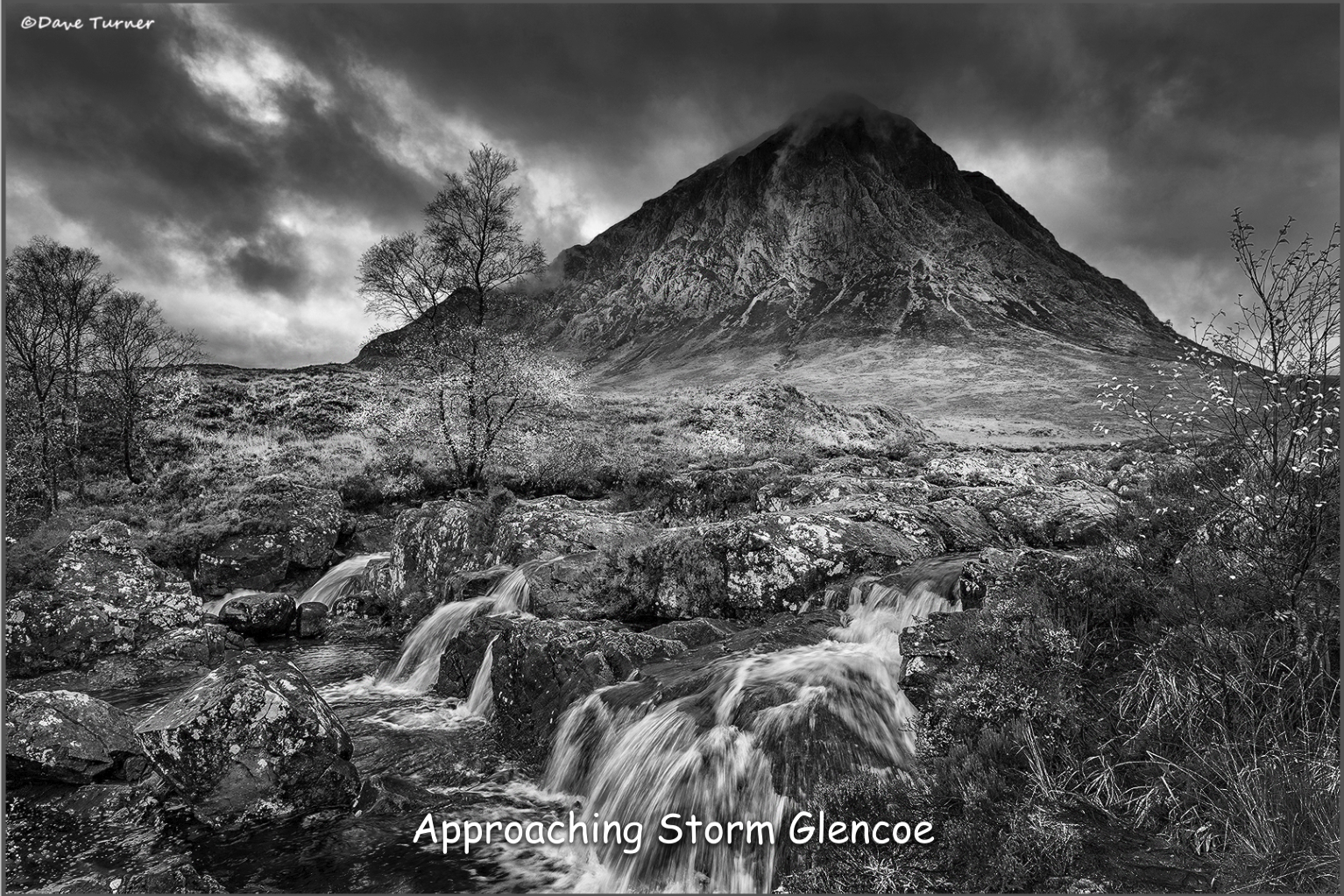
Last night members were treated to a showing of the LPA (Lincolnshire Photographic Association) Mono Group presentation. Three of our members, Dave Turner, Richard Hildred, and Chris Birchmore are members of the LPA Mono Group. Dave Turner excellently presented this showcase of the Mono Groups work, many of the images presented were stunning, and inspirational. A simple photo of a padlock on a gate took on a different dimension when presented in monochrome, and landscape photography becomes dramatic in monochrome, especially with a moody sky. It was a very interesting, and well attended evening. Thank you to Dave Turner for presenting, and Dave Mann for the refreshments.
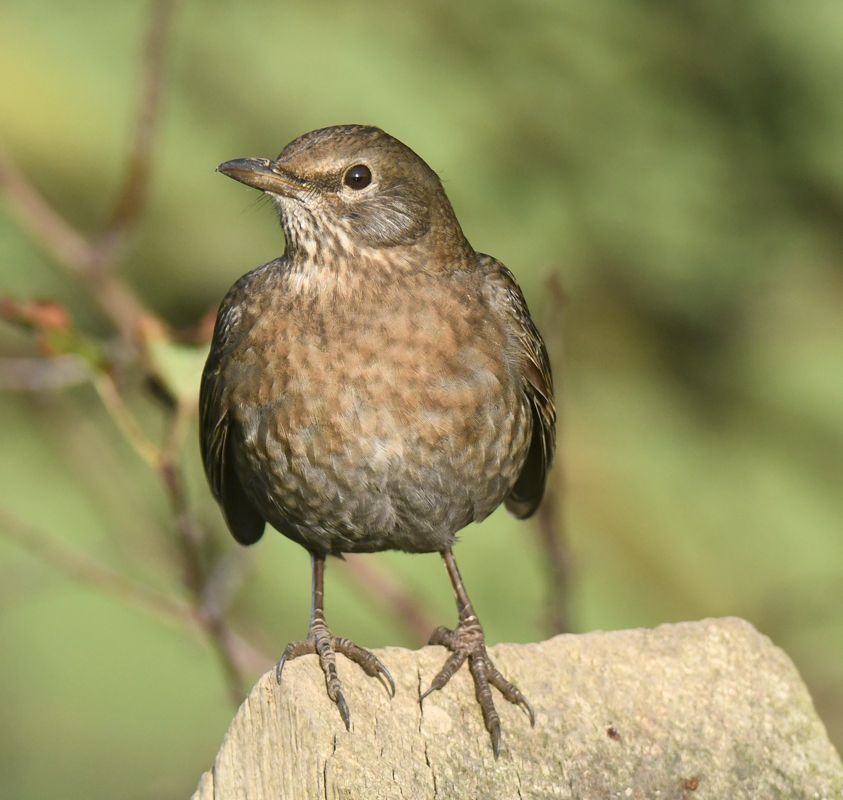
Good Morning All Last week at the club we held a committee meeting, with all committee members in attendance. Harry will once again run the Christmas raffle on our buffet and quiz night, if any member wants to donate a prize, Harry can now accept them, obviously if it's a perishable prize then bringing it in on the night would be better. We are holding a 70th anniversary exhibition next year at the Louth Museum, if any member has local prints that they think may be suitable to put in the exhibition you can bring them to the club any time now. Derek has done a blog on the night with more information. This week, Wednesday 3rd December, we are viewing the LPA mono groups presentation, Dave Turner is a member of the group and will talk us through what the group do and if time allows show us some of his own mono prints. Don't forget to bring your prints along this week for the print competition, with the categories "People" and "Open", to be held the following week, email your titles to Dave Turner in advance please. Regards Graham
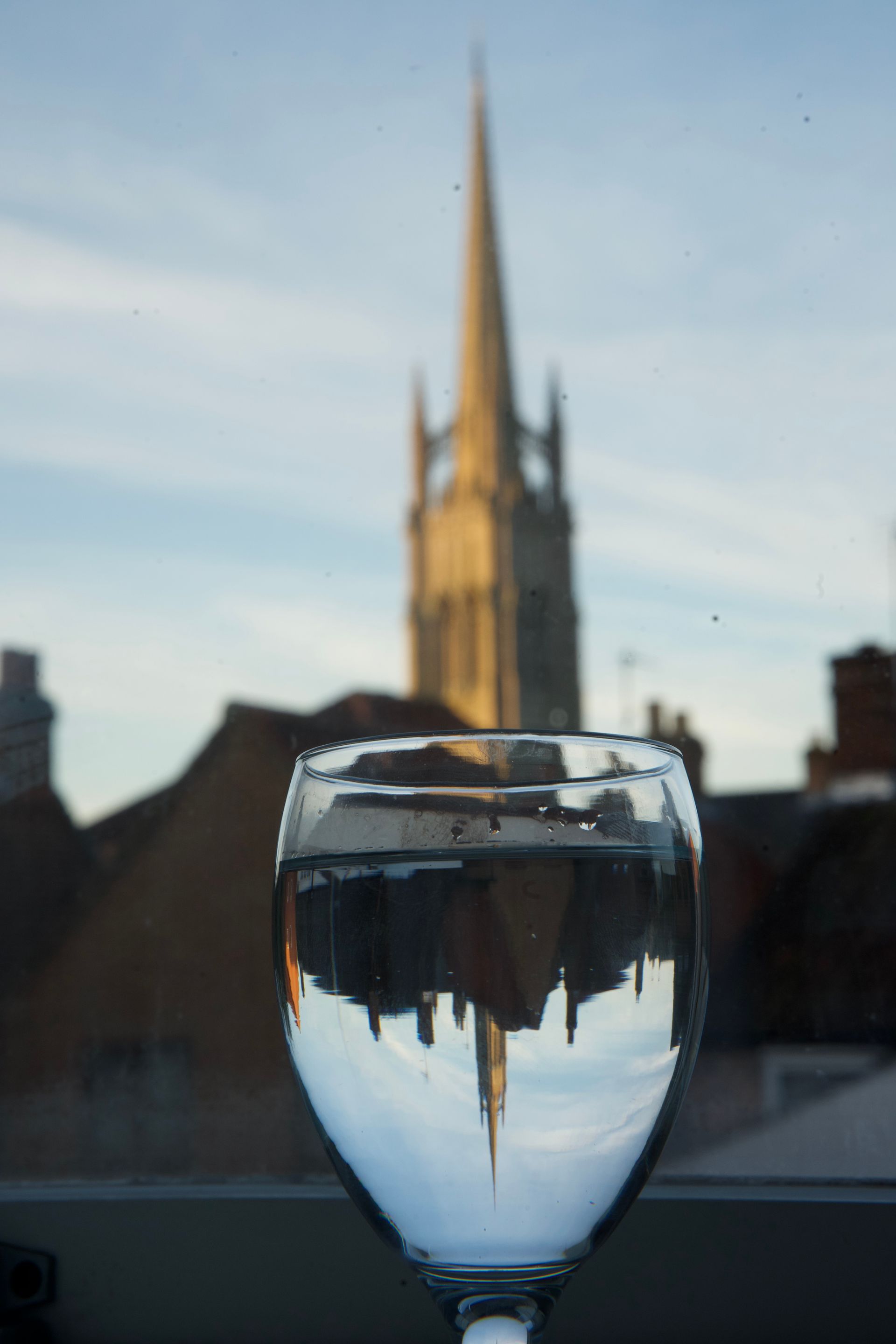
We held a Committee meeting last night in place of a regular meeting. The Committee meets twice a year to discuss items pertinent to effective, and smooth running of our Society. The Society celebrates 70 years of continuous operation next year, and we intend to show an exhibition of photographs taken over those years at the Louth Museum. The LPA Battles print competition will be held next year, and consists of 3 rounds held at photographic clubs throughout Lincolnshire, with a final round held at Nettleham. Louth has been drawn to meet with camera clubs in Grantham, and Axholme, and as you can understand this will entail a far amount of travelling. There is a proposal to the LPA which is currently under consideration which would reduce each club entry to 10 prints and for the whole competition to be held at Nettleham in 2027. Our current annual project is “Prime Time”, that is one photo for each month of the year taken with a fixed focal length lens, a prime lens, my choice for this year has been a 45mm lens, which is a full frame 90mm lens. Members show their annual project photos in the January of the following year. The Committee has decided on the project theme for next year as “Water”, which should give members a chance to demonstrate some creativity, as can be seen from the attached image. Our Christmas social event will be held on the 17th December, a buffet will be provided, there will be a quiz, and a raffle, the door entry charge will be £3 for the evening.

Good Morning All Last week at the club we held our PDI of the year, it was a well-attended event and thanks to Harry's organisation skills it all ran very well. Congratulations go to all the subject winners: Pictorial, Harry Kerman, Record, Dave Evans, Portrait, Derek Smith, Photojournalism, David Evans, Landscape, Dave Turner and Natural History, Graham Harrison. The overall winner was Harry Kerman. Well done Harry a great photograph of a White Cosmos. All the top three in each subject are on our website Competition page. Don't forget if you are entering the December print competition, with the categories of "People" and "Open" send your titles to Dave Turner please. The prints need bringing in a week on Wednesday. This week, Wednesday 26th November, we are holding a committee meeting, committee members only for this one please. For newer members we hold two committee meetings a year to organise events and the smooth running of the club. Regards Graham

Last night we held our PDIOTY (PDI of the Year) competition, our judge for the evening was Jorg Malinowski. These annual competitions are an opportunity for members to showcase their best images from the year, some of course from the monthly competitions, as such the competition entries were of an extremely high standard. Jorg performed an excellent job of judging the entries, and the results are all on the website Competition page. Congratulations to Harry Kerman for gaining the title of PDI of the Year with his White Cosmos image.
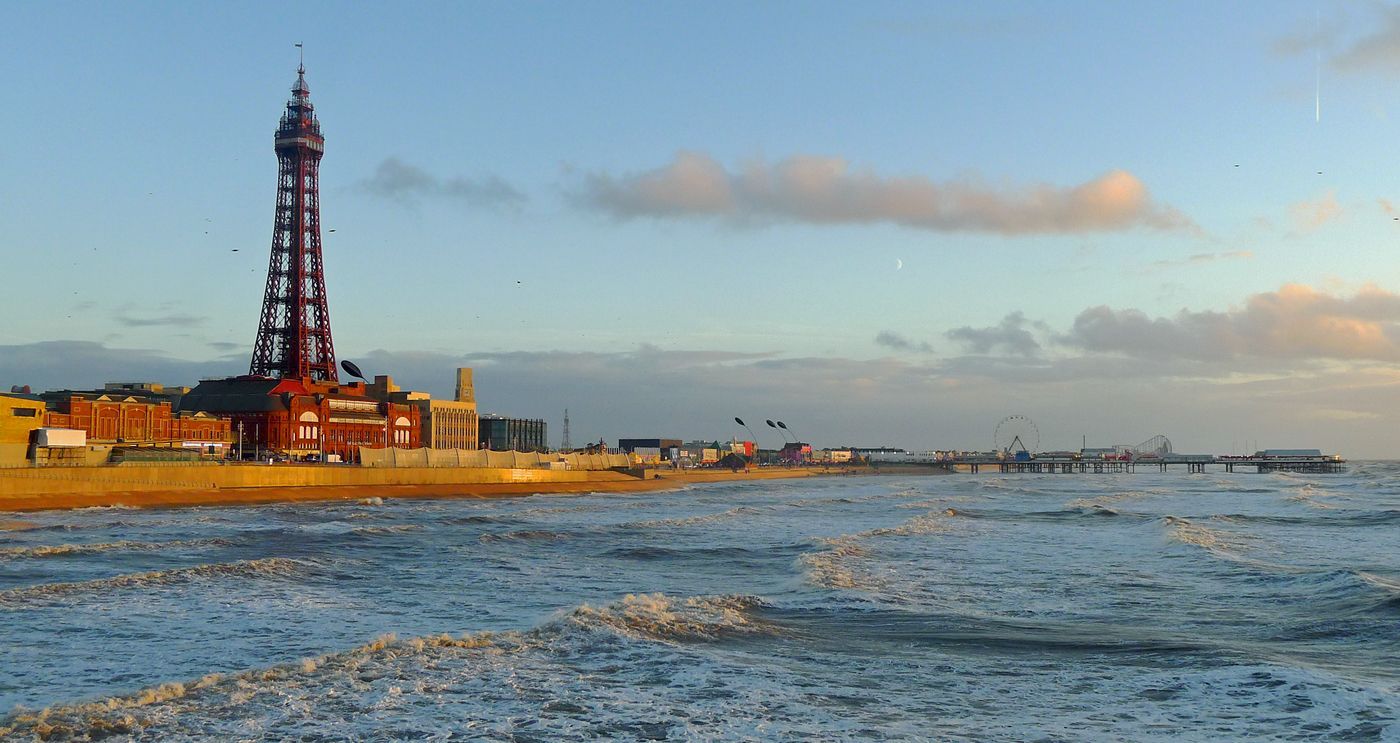
Good Morning All While we were away the other week we did have a walk around Blackpool. I only took my compact camera which I bought in 2011 but it still works ok and takes decent photographs. It is a Panasonic LX5 which fits in a pocket and is useful now and again. Last week we had mini lectures; photographs we had taken on this year's outings. Four members took part with Richard Hildred filling in with wedding photography from forty odd years ago, a very interesting look at how Richard went about photographing weddings, very different from today with far less photographs been taken. The outings did show we managed to photograph insects and birds on our walks around Red Hill and Rimac. I finished the evening with photographs taken in Somerset and Devon in 2020. This week, Wednesday 19th November, we hold our PDIOTY (PDI of the year) to be judged by Jorj Malinowski of Lincoln. It will be an evening of our best photography and we have just over fifty entries. The NEMPF exhibition acceptances have now been decided, well done to Dave Turner who had two accepted and I managed one acceptance myself. The standard for acceptance is very high, we had four members enter twenty nine PDI'S all together and only three acceptances . We had a lot of near misses, the score required was twelve and we had twelve elevens between us. You will see the exhibition at our club next year. Regards Graham
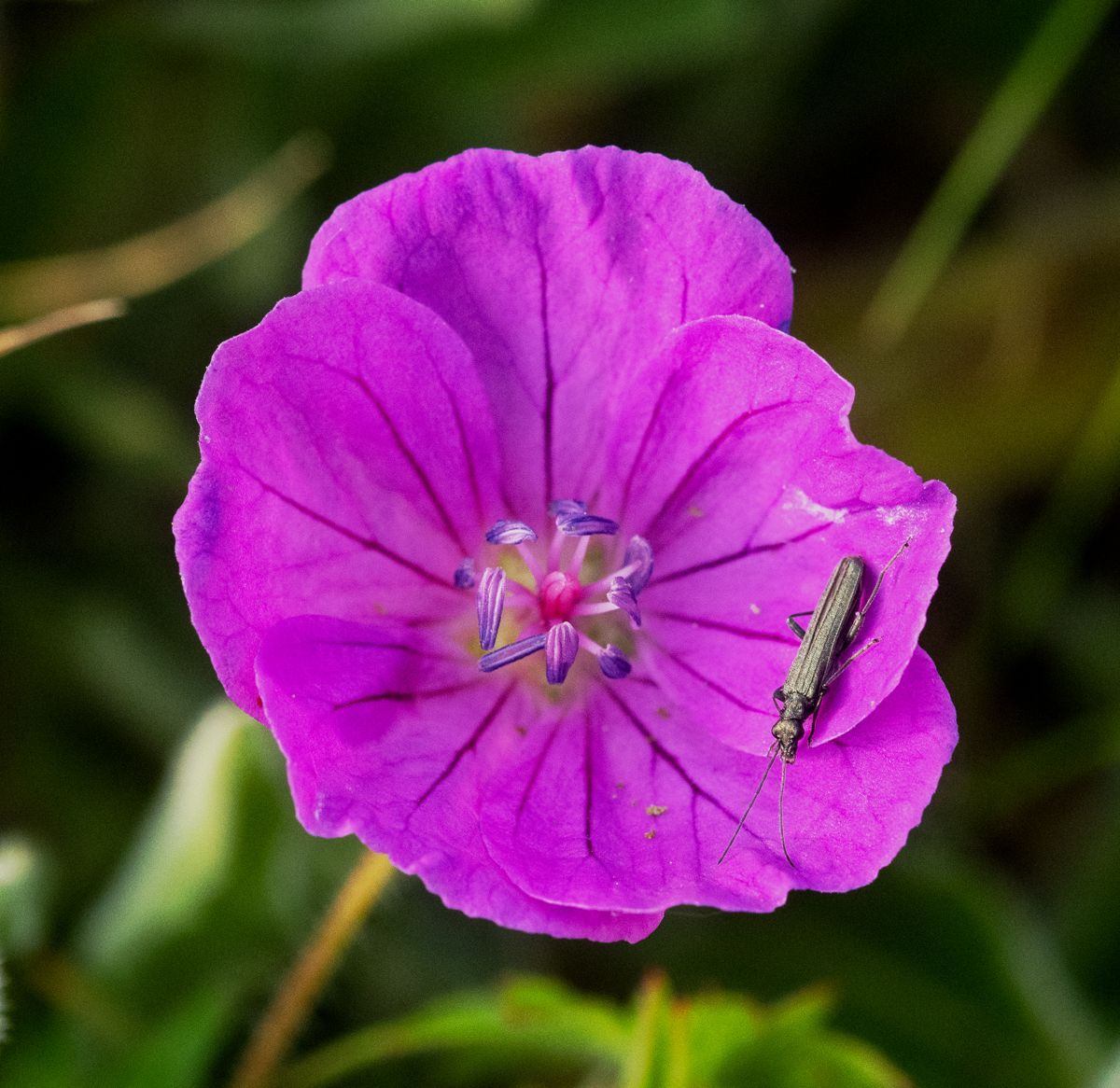
At our meeting last night members gave a series of mini lectures with 3 members showing images from the club outings to Red Hill, and Rimac. The meeting was completed by Richard Hildred showing some of his early slides. One of the principles of our Society is that we feature workshops, and outings into our annual programme, because the best way to learn photography is to work with other photographers to understand aperture, shutter speed, and ISO. In June at the Red Hill nature reserve the idea was to capture some macro images of the local insect life, and the orchids at this location. Laying, or kneeling in the grass to get close to the insects, or flowers, our members would begin to understand depth of field with using different apertures, each photographer will have his own method of achieving optimum exposure, and sharpness. Personally I tend to use aperture priority mode (A or Av on the mode dial), auto focus, and “rock” gently back and forwards to gain the focus on the subject. At Rimac, members had a lot more latitude to photograph some bird-life, or landscapes. These are some sample images from the Red Hill, and Rimac nature reserves.
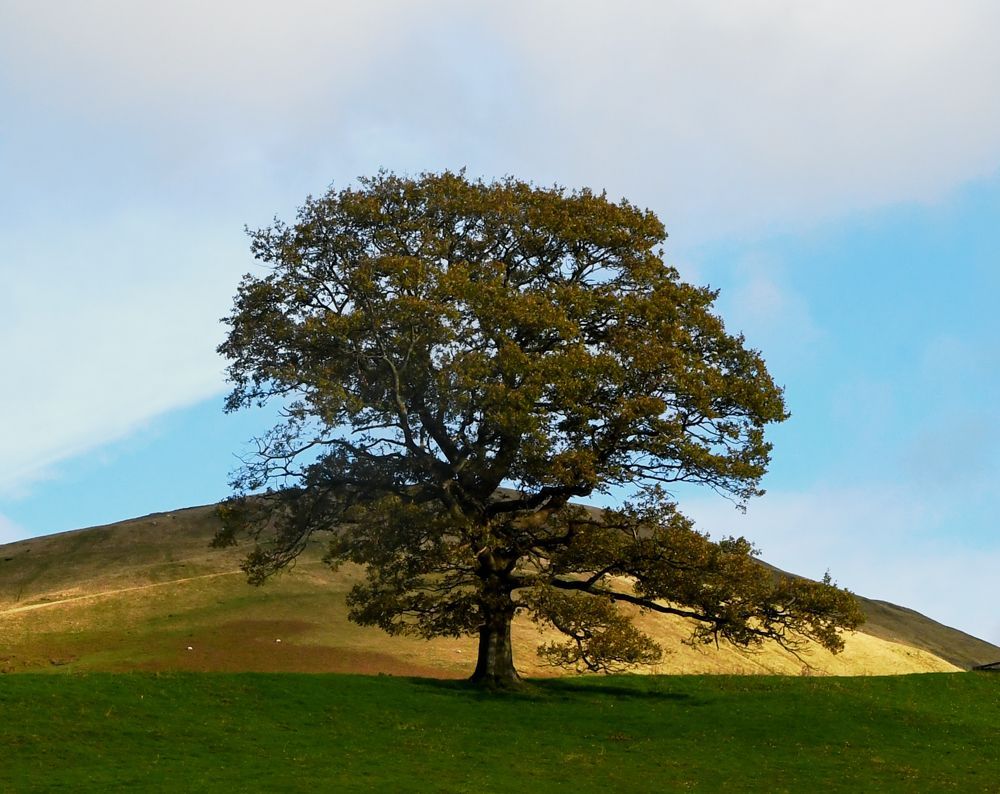
Good Morning All A few more photographs from Sedbergh. Sedbergh has a tree that stands out, not quite as Sycamore gap was but on top of a hill with Crook Fell behind it. I did walk to the top of Crook Fell, got a bit wet but a dramatic sky. Last week at the club we had an excellent presentation from Mike Bennett LRPS DPAGB EFIAP BPE3* Mike showed us some of his latest photographs and as Derek's blog says, the sharpness and exposure accuracy of Mike's photographs was second to none. There is a full report on our blog. This week, Wednesday 12th November, we are holding a mini lecture night, camera club outings that we went to this year, which was Rimac and Red Hill. We have four members taking part plus Richard Hildred has offered to show us some more older transparencies. The four are Myself, Dave Turner, Chris and Paul Twomey. Don't forget to send your PDI of the year entries to Harry by midnight Wednesday (12th) Regards Graham
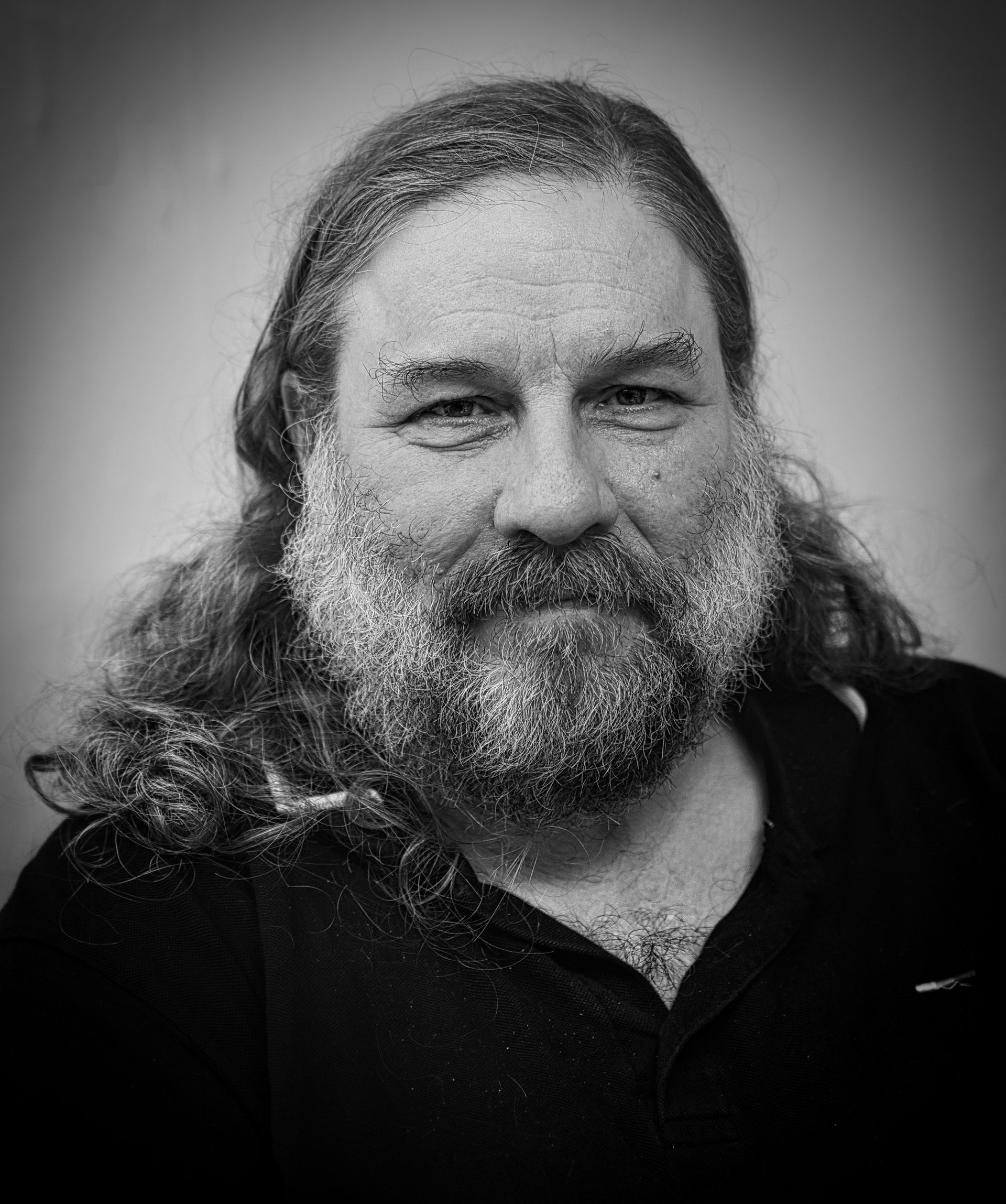
Our speaker last night was the highly talented Mike Bennett, he presented the club with some amazing photographs. For the first half of the presentation he showed many portraits, with the backgrounds skilfully changed, and several composited images. Included in this first half were many travel photos from Serbia, many of the buildings showing the scars of the civil war, photos from Budapest, and Austria. His wildlife photos of pelicans taken at Lake Kerkini in northern Greece were amazing, even though the weather wasn’t all that favourable, and that completed the first half of the evening. After the break, Mike showed us his wildlife photos from the game reserve in Eswatini, (bordering South Africa). The bird photos were very sharp, many of the species such as the Rollers, Vultures, and Ibis are only to be seen in Africa, Mike explained the four “F’s” of bird photography, Flying, Fighting, Feeding, and … yes you’ve guessed it being Friendly. Various other animals were shown, lions, crocodiles, rhino, elephants impala, and warthogs. It was interesting to see the extreme close-up photographs of the rhino, and elephants, as Mike explained those animals are big grey lumps, and sometimes a more interesting photo can be an extreme close-up detailing the skin texture. Mike related how their safari vehicle became held up by a herd of elephants on the track ahead, then a big bull elephant passed behind the vehicle close enough to touch, but of course the group of photographers had to sit absolutely still, until the herd of elephants passed. I was most struck by the photos of the cheetahs, with the photographers walking amongst them!! my favourite from this set was of the cheetah walking up the track pictured on a rise against the sky. The editing, sharpness, and colours from Mike’s photographs was very impressive, it was an extremely good presentation, many thanks Mike.

Good Morning All We have just got back from a week staying at Sedbergh, Cumbria. We had varied weather but not too much rain and some really good light for taking photographs. There is no shortage of water up there the rivers and waterfalls are flowing well. Last week at the club Harry Kerman gave a talk on one of his favourite subjects, flowers. I was not there but going by the blog Harry demonstrated how he goes about taking his photographs with some stunning photographs to show what can be done. This week, Wednesday 5th November, Mike Bennett from Cleethorpes will be our speaker, Mike likes to tell a story with his photographs and seeing some of his talks before it will be an excellent evening. Today, (Sunday) it is the LPA PDI club competition at Nettleham village hall near Lincoln. 1.30 pm for 2pm start. If you have nothing on this afternoon why not go along and see how we get on. The week after (12th November) we hold a series of mini lectures, with this year's club outings as the topic. If you would like to take part, email me please and I will see how many members want to take part. Harry is also taking entries for this year's PDI of the year, all the rules are on our website but any image that has not been in a PDI of the year before and there are six subjects with a maximum of six photographs in all. Closing date is 12th November. Regards Graham
